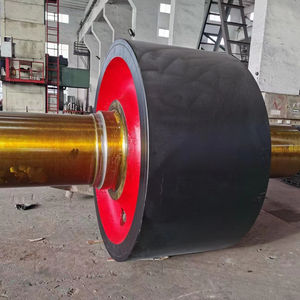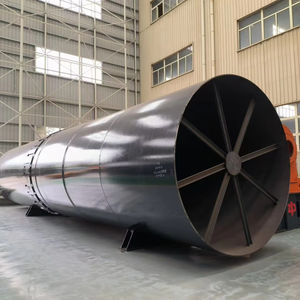Understanding ISO Standards for Backup Cameras in Heavy Machinery
(Understanding ISO Standards for Backup Cameras in Heavy Machinery)
Backup cameras have become indispensable safety components in heavy machinery, significantly reducing blind spots and enhancing operator awareness. However, the integration of these systems into industrial equipment demands adherence to rigorous international standards to ensure reliability, performance, and safety. The International Organization for Standardization (ISO) provides specific guidelines for backup cameras in heavy machinery, with ISO 10261 and ISO 5006 being particularly critical. This article explores the key ISO standards governing backup cameras, their technical requirements, and their implications for manufacturers and operators.
ISO 10261: Earth-Moving Machinery – Visibility – Test Method and Performance Criteria
ISO 10261 outlines the requirements for visibility in earth-moving machinery, including the use of backup cameras. The standard mandates that operators must have a clear view of the rear area to detect obstacles, personnel, or other hazards. For backup cameras, this translates to specifications such as minimum field of view, image resolution, and display positioning. The camera system must provide a horizontal field of view of at least 60 degrees and a vertical field of 30 degrees to cover critical zones behind the machinery. Additionally, the display screen must be positioned within the operator’s line of sight without requiring excessive head movement.
Image quality is another critical factor. ISO 10261 requires that backup cameras deliver sufficient resolution to identify objects as small as 30 cm in height at a distance of 1.5 meters from the rear of the vehicle. This ensures that operators can detect potential hazards even in low-light conditions. Compliance with these parameters often necessitates the use of high-definition cameras, anti-glare screens, and automatic brightness adjustment features.
ISO 5006: Earth-Moving Machinery – Operator’s Field of View – Test Method and Performance Criteria
ISO 5006 complements ISO 10261 by defining the operator’s field of view requirements, including indirect visibility aids like mirrors and cameras. For backup cameras, the standard emphasizes the elimination of blind spots and the integration of camera feeds into the operator’s workflow. The display must be free of distortions, and the system should automatically activate when the machinery is shifted into reverse. Furthermore, ISO 5006 requires that the camera system remain operational under varying environmental conditions, such as rain, dust, or extreme temperatures, which are common in construction, mining, and agricultural settings.
To meet ISO 5006, manufacturers must conduct rigorous testing, including field trials under realistic operating conditions. This ensures that the camera’s durability, image stability, and response time align with the demands of heavy machinery applications. For instance, vibration resistance is critical, as construction equipment often operates on uneven terrain, which could otherwise compromise camera alignment or focus.
Implementation Challenges and Best Practices
While ISO standards provide a clear framework, implementing compliant backup camera systems involves technical and logistical challenges. Integrating cameras into existing machinery designs without obstructing other components requires careful planning. Additionally, ensuring consistent image quality across different lighting conditions—such as transitions from bright sunlight to shaded areas—demands advanced sensor technology and adaptive algorithms.
Manufacturers should prioritize modular designs that allow for easy upgrades as ISO standards evolve. Regular calibration and maintenance are equally vital; even minor misalignments can create blind spots, negating the camera’s safety benefits. Training operators to interpret camera feeds correctly is another key consideration, as over-reliance on technology without situational awareness can lead to accidents.
Benefits of Compliance
Adhering to ISO standards for backup cameras not only enhances safety but also mitigates legal and financial risks. Non-compliant systems may result in penalties, litigation, or reputational damage in the event of accidents. Moreover, standardized systems improve interoperability, allowing operators to switch between different machinery models with minimal retraining.
(Understanding ISO Standards for Backup Cameras in Heavy Machinery)
In conclusion, ISO standards for backup cameras in heavy machinery are essential for ensuring operational safety and efficiency. By aligning with ISO 10261 and ISO 5006, manufacturers and operators can reduce accidents, comply with global regulations, and foster trust in their equipment. As technology advances, continuous engagement with evolving ISO guidelines will remain critical to maintaining industry leadership and safeguarding human lives.


